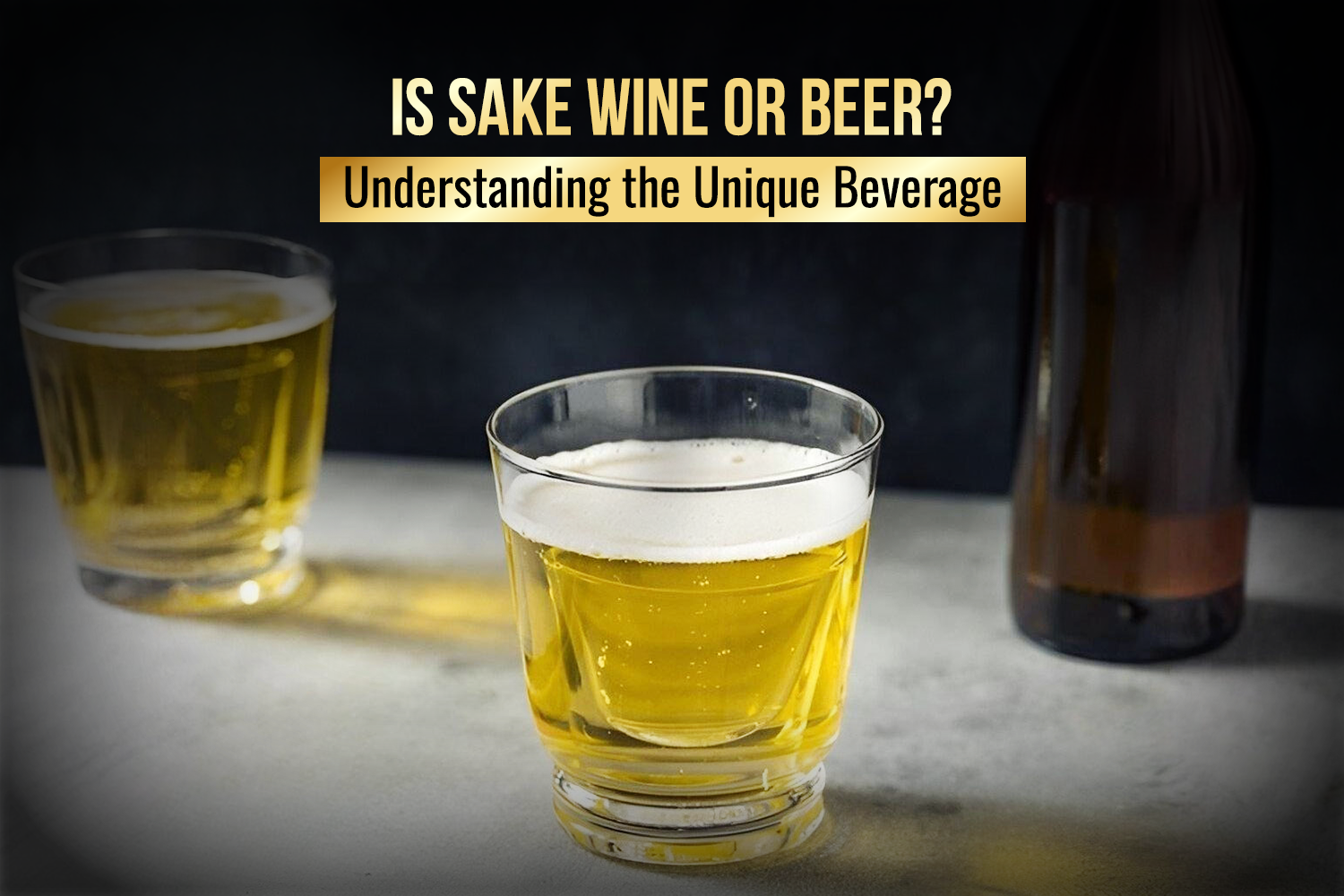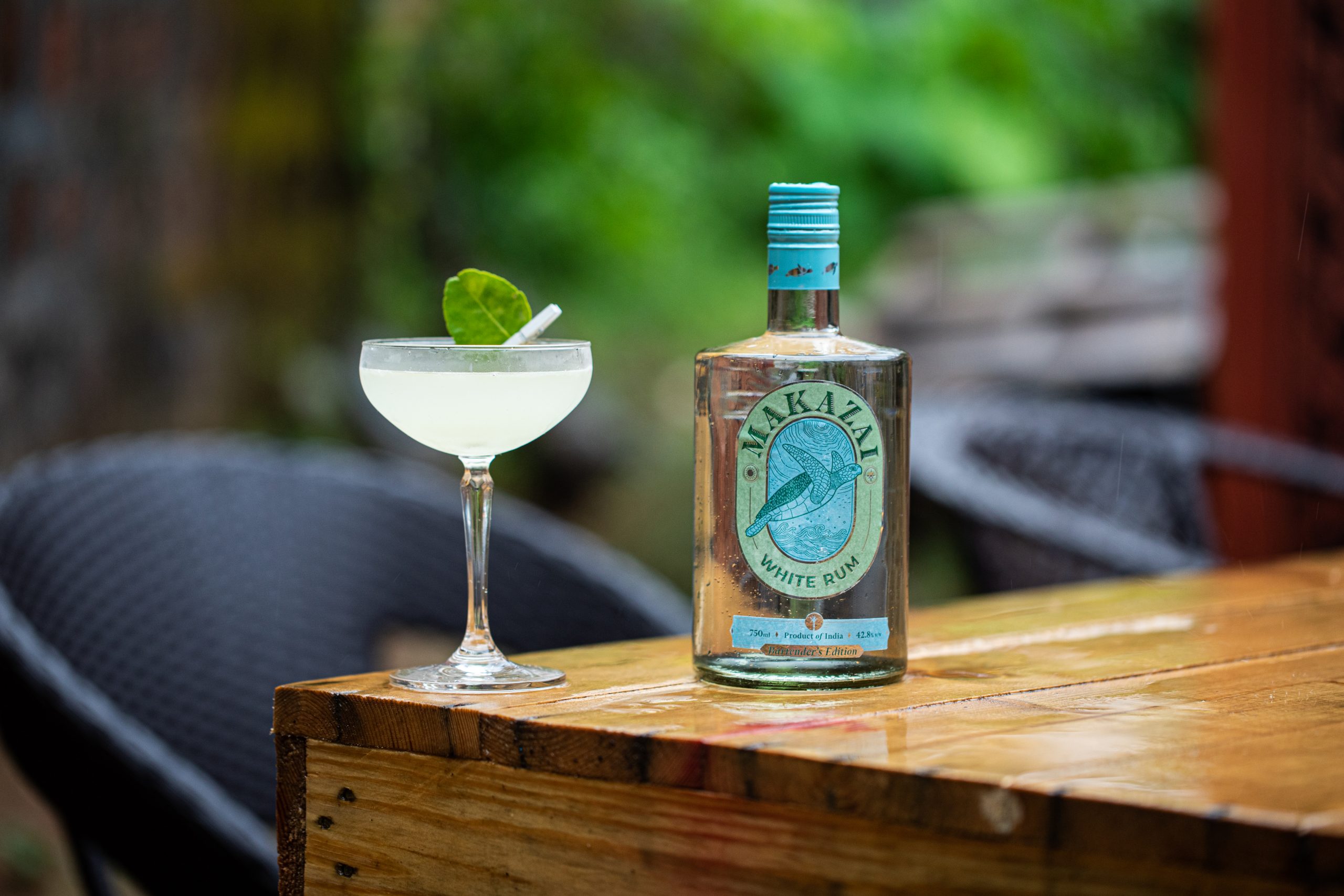Sake is a traditional Japanese alcoholic beverage that has been enjoyed for centuries. However, many people wonder about its classification: is sake a type of wine or beer? In this blog, we’ll explore the characteristics of sake, its production process, and how it differs from wine and beer, helping you understand this fascinating drink better.
1. Introduction to Sake
Sake is often referred to as rice wine, but its production process is more akin to beer. This blog will delve into the intricacies of sake, exploring its unique characteristics and helping you appreciate this remarkable beverage.
2. What Is Sake?
Sake is an alcoholic beverage made from fermented rice. It has a distinct flavor profile, often described as fruity and floral, with a smooth, slightly sweet finish. Sake is traditionally served warm, at room temperature, or chilled, depending on the type and preference.
3. The Production Process of Sake
The production of sake involves several key steps that differentiate it from both wine and beer:
- Rice Preparation: Special sake rice is polished to remove the outer layers, enhancing the flavor.
- Steaming: The polished rice is steamed to prepare it for fermentation.
- Koji Cultivation: Koji mold is added to the steamed rice, converting starches into sugars.
- Fermentation: Yeast is introduced to the mixture, where fermentation occurs, producing alcohol.
- Filtration and Pasteurization: The sake is filtered to remove solids and may be pasteurized to stabilize the flavor.
This unique brewing method is similar to beer-making, but the use of rice instead of grains and the specific fermentation techniques highlight sake’s individuality.
4. Sake vs. Wine vs. Beer
- Sake vs. Wine: Wine is made from fermented grapes, while sake is made from fermented rice. The fermentation process for sake is more complex, involving multiple ingredients and steps.
- Sake vs. Beer: Beer is brewed from malted grains (like barley) and hops, whereas sake uses rice and koji mold. The fermentation process for beer typically involves a single fermentation, while sake undergoes multiple fermentations simultaneously.
5. Types of Sake
Sake comes in various types, each with its unique flavor profile and characteristics:
- Junmai: Pure rice sake with no added alcohol, known for its rich flavor.
- Ginjo: Made with rice polished to at least 60%, offering fruity and floral notes.
- Daiginjo: Premium sake with rice polished to 50% or less, showcasing complex flavors.
- Nigori: Unfiltered sake that is cloudy and sweet, offering a creamy texture.
- Sparkling Sake: Carbonated sake, similar to sparkling wine, with a refreshing finish.
6. Serving and Enjoying Sake
Sake can be enjoyed in various ways:
- Chilled: Best for premium types like Ginjo and Daiginjo.
- Room Temperature: Ideal for Junmai sake.
- Warm: Traditionally served warm, especially during colder months, for a comforting experience.
When serving sake, use small ceramic cups (ochoko) or glasses to enhance the tasting experience.
7. Frequently Asked Questions (FAQs)
Q1: Is sake gluten-free?
A: Yes, sake is gluten-free since it is made from rice.
Q2: How should I store sake?
A: Sake should be stored in a cool, dark place, preferably in the refrigerator once opened.
Q3: Can sake go bad?
A: Yes, once opened, sake should be consumed within a week or two for the best flavor.
Q4: What is the alcohol content of sake?
A: Sake typically has an alcohol content ranging from 15% to 20%.
8. Conclusion: The Unique Nature of Sake
So, is sake wine or beer? The answer is neither; it’s a unique alcoholic beverage with its own rich history and culture. With its distinct brewing process and diverse flavor profiles, sake stands out as a cherished drink around the world. Whether you’re new to sake or a seasoned connoisseur, understanding its intricacies enhances your appreciation for this remarkable beverage.























Leave a Reply